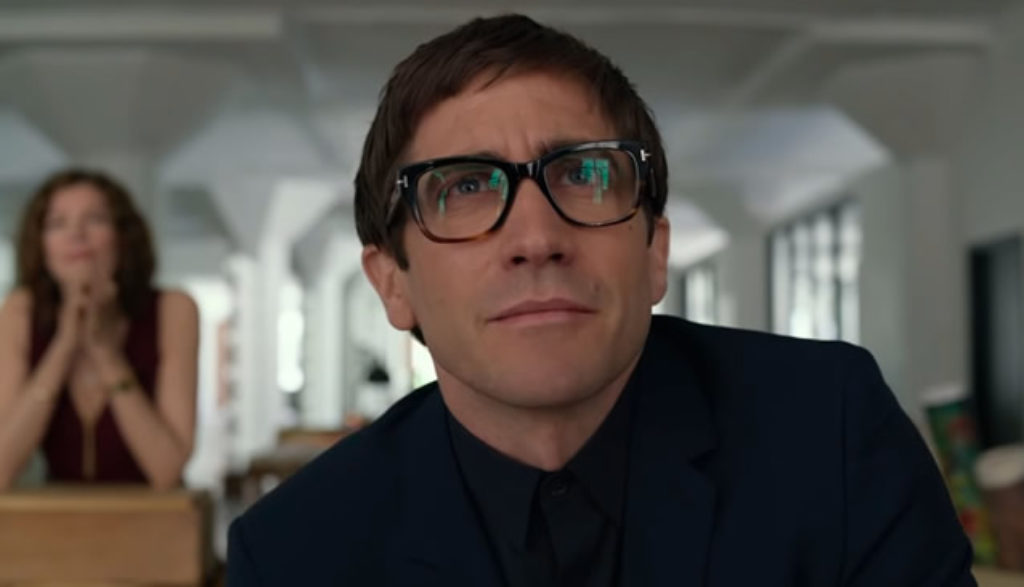
“No death/No art/1983.”
Los Angeles art-gallery owner Rhodora Haze has those words tattooed on her wrist—a fading reminder of edgier, more reckless days. But if she was wilder in the past, she’s richer now.
Rhodora often works closely with renowned L.A. art critic Morf Vanderwalt. Opinionated and egotistical, Morf makes his money by siding with big names and pretty faces, even as he gushes about his supposed integrity as a critic.
One of those pretty faces is an occasional lover and friend named Josephina. She’s been down on her luck lately and is looking for a way to make it big as an art dealer herself. One day, Josephina stumbles upon a dead body in her apartment building. It turns out the deceased artist’s apartment holds hundreds of the man’s groundbreaking, avant garde paintings.
Naturally, Josephina takes the works for herself. She knows they’ll fetch a pretty penny in L.A.’s trendy art scene, and she’s determined to rewrite the story of her impoverished life.
But the paintings Josephina steals aren’t what they seem. In fact, they’re laced with an evil that is better left untouched. Morf tries to warn her … but she won’t listen.
That’s because greed, power and envy change a person. And each individual that comes in contact with these dark works of art is ultimately confronted by the power of death and darkness.
Morf, for all his failings, tries to learn about what’s around him (although he often does this with a narcissistically skewed frame of reference). He tries to right some of his wrongs, but is ultimately unable to do so.
This film symbolically and satirically speaks to the emptiness and, ultimately, the destruction of those who pursue personal gain at the expense of others.
One character we meet chooses to leave the art scene to avoid a life of addiction and shallowness.
Morf eventually tells anyone who will listen that the expensive paintings Josephina has aquired are filled with some sort of spirit—a spirit that does not appreciate dishonesty and corrupt personal gain. The paintings “come to life” as their painted characters begin to move and even come out of their portraits. The paintings are the creation of a man who was said to have “battled with his personal demons,” someone who explicitly ordered the paintings destroyed after his death. And now, those “personal demons” inhabit his work—quite literally.
A few paintings show a man kneeling in prayer. One character believes there’s “some sort of larger power” at work and invested in what happens in the world. Morf is called a “god” in the art world.
One explicit sex scene involves sounds and movements. The man and woman in it are both unclothed. We see her bare shoulders and most of him (though complete frontal nudity is avoided). A scene is cut short as a man slips his hand up a woman’s thigh.
Elsewhere, two men are naked together in their home. We see nearly everything except their male anatomy and hear that they are a couple. Men and women kiss passionately. Men are seen shirtless, and women wear revealing outfits.
We hear that a man has cheated on his girlfriend and, sometime later, the same woman cheats on her boyfriend. A piece of art is said to have the ability to fulfill sexual desires. The movie’s introduction glances at a blurred painting of a naked woman. A man and woman talk about a previous sexual encounter as well as their arousal. A man is called a “creeper” by a woman. A woman verbally references paintings of male and female genitalia.
A now-deceased man (we see him lying dead on the ground) is responsible for painting hundreds of violent, agonizing, disturbing images. These paintings also have the ability to torture and kill those who use these artworks for selfish profit—and so they do.
Multiple people are killed in graphic ways. A woman bleeds to death after her arm is ripped off by a piece of art. (We see blood splatter and glimpse her lying in a pool of her own blood.) Elsewhere, children play in a puddle of blood. Another woman is killed when a tattoo on her body comes to life, resulting in blood spray as she dies.
A man is known for being violent, specifically setting fire to buildings, killing people and causing chaos wherever he goes. This same man is accused of killing his own father (by torturing him and burning him alive) after suffering years of abuse from the older man. Someone is hanged by his necktie. Another man is trapped, and his neck is snapped. Another character gets set on fire by a painting (we see him shirtless and scarred), then killed by monkeys who reach through the artwork and maul him to death.
We hear that a man crashes his car while intoxicated. We also learn that patients of a psychiatric ward were used for injections and experiments. Art is called “a slaughterhouse.”
God’s name is misused about 10 times, and it’s often paired with “d–mit.” Jesus’ name is abused more than half a dozen times. We hear about 30 f-words and 10 s-words. Other profanity includes multiple uses each of “b–ch,” “h—” “d–n” and “d–k.”
Various characters drink hard liquor, champagne, wine and beer, sometimes in large quantities. A few people take shots of liquor and mention being “wasted.” One artist is infamous for only doing good work while inebriated.
Men and women smoke hash and cigarettes, and a man vapes. A woman talks about her past experience with “booze and pills” and the negative effects it had on her. We hear that a woman died of an overdose.
Most of this movie is predicated upon deception. Artists and critics go to great lengths to hide their indiscretions, and they profit by ruining the careers of competitors. They are typically shallow, arrogant and deceptive, full of cynicism, superiority and self-righteousness. One woman says that she won’t date artists because they “are in a relationship with themselves.”
A woman says that in the past she was an anarchist. A man writes a scathing review, going against his own judgement and using it as revenge to help his girlfriend.
Everyone is motivated by something. And this satirical thriller wants to know what drives one particular group of people. Is it their egos? Their accomplishments? Wealth or fame? In the Los Angeles art world, it is all of the above. And nearly every character loses his or her life in the pursuit of self.
As its title hints, Velvet Buzzsaw is gory, brutal, disturbing and shallow. Played for ironic laughs amid horrific terror, this Netflix original (released in theaters and online) tries to reach into the depths of art and humanity. But it falls short of that goal.
Meanwhile, sex and sensuality are present, profanity is pervasive, and success is measured by what you can steal from those around you—that is, if you can steal it before your demise.
After all, “No death/No art,” right?

Kristin Smith joined the Plugged In team in 2017. Formerly a Spanish and English teacher, Kristin loves reading literature and eating authentic Mexican tacos. She and her husband, Eddy, love raising their children Judah and Selah. Kristin also has a deep affection for coffee, music, her dog (Cali) and cat (Aslan).